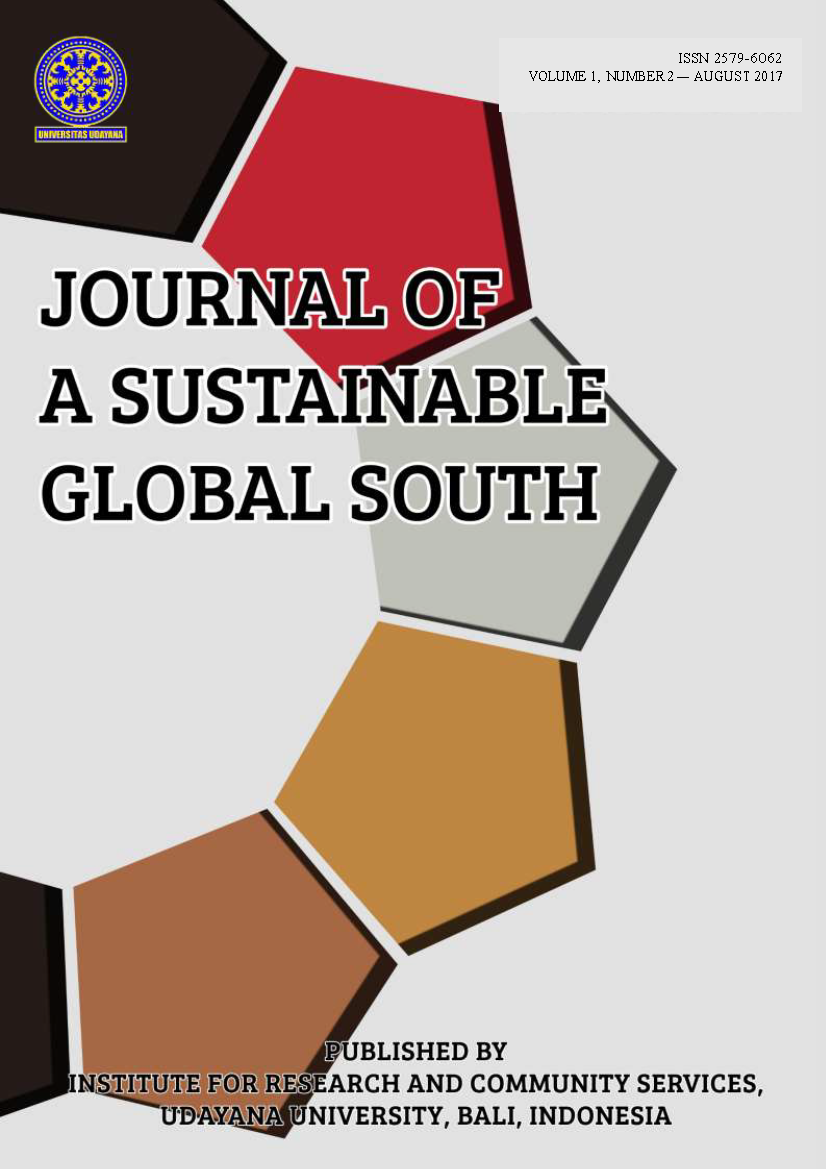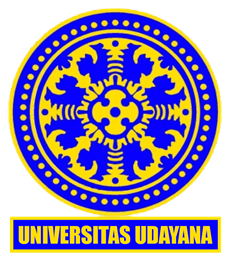The Effect of Site Environmental Analysis of Mass Building Orientation in Restaurant and Course of Cooking Asian Cuisine in Ubud, Bali
August 2017
Abstract
Restaurant and Asian Cuisine Cooking Courses are culinary and tourism which is strategically located in Ubud tourism area, Ubud district, Gianyar Regency. The principal things the development of tourist attractions in this region are the high number of domestic and international visitors. The high desires of the tourists are a fundamental consideration of the development of Restaurant and Asian Cuisine Cooking Courses with its main dishes based on Asian cuisine. With the high trade of competition in the culinary in Ubud, Restaurant and Asian Cuisine Cooking Courses in Ubud is packed uniquely by adding other facilities such as cooking classes and agro tourism. The development of the tourism area is utilized as good as possible by providing tourists with high quality facilities. The most important thing that un-derlies this design is the direction of the building orientation that is comfortable for the community who carries out ac-tivities in it. There are some activities that can be done by users, such as culinary and cooking courses. Therefore, ac-cording to its function, zoning is determined in accordance with its function in order to make it conform to the function. The site chosen in this design carried out several analyzes to determine the accurate direction of orientation.
Index Terms— Tourism, Culinary, Restaurant, Ubud










(1).png)


